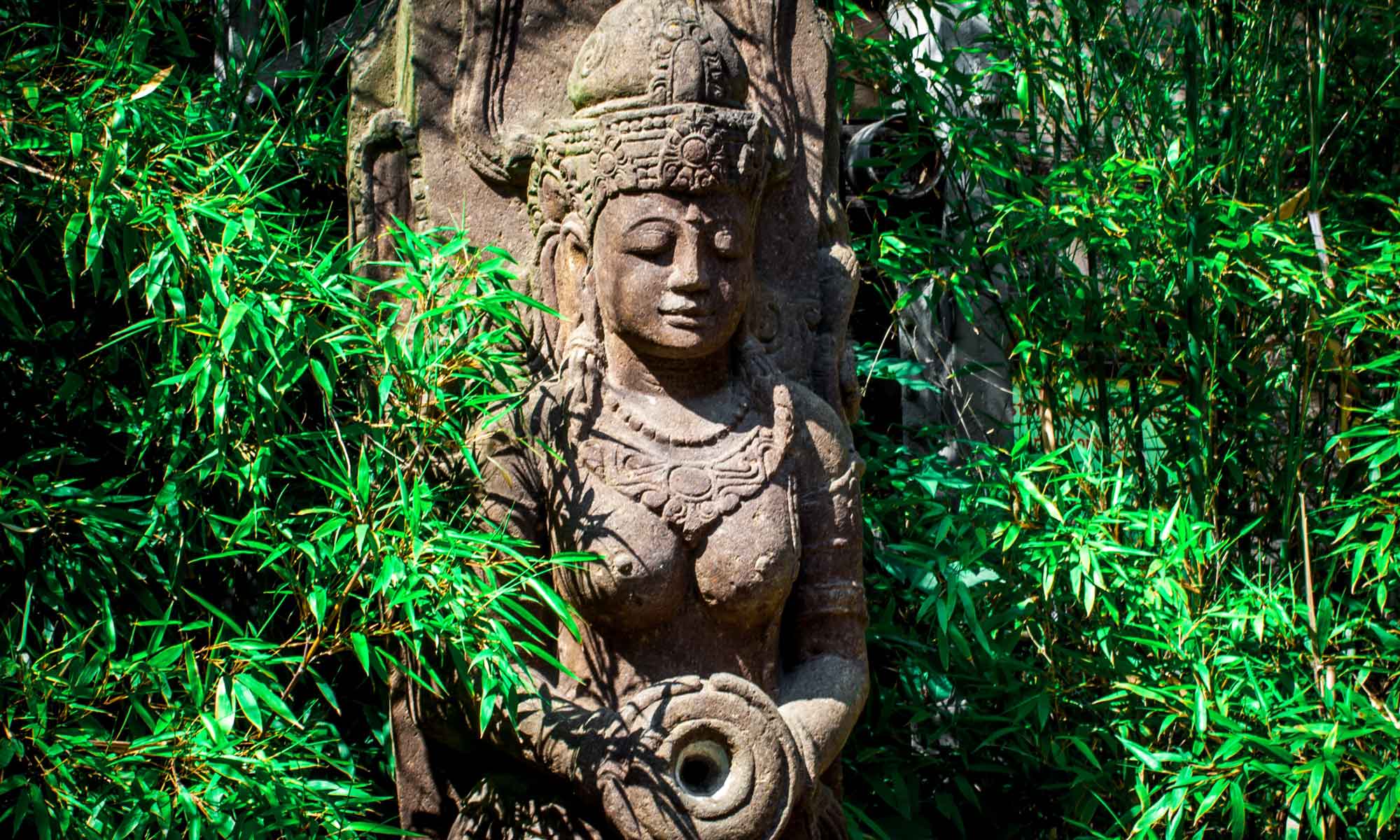Who We Are
The Association for the Study of Women and Mythology (ASWM) is a 501(c)3 nonprofit with a mission of supporting scholarly and creative endeavors in topics of the sacred feminine, women and mythology. Founded in 2007, ASWM is led by a volunteer Board of Directors and Advisory Board and is supported entirely by dues, donations and conference fees.
We believe that we all have much to say to one another, and that sharing ideas and resources strengthens the work we do. We value diversity in scholarship and community.
What We Do
ASWM holds biennial conferences in the U.S., and at times holds off-year symposia. We publish volumes of conference proceedings, and are in the stages of curating an online library of member-only resources, including research, bibliography, dissertations, artworks, reviews and abstracts.

We began as a handful of scholars and artists, many from the Midwest, who first met ad-hoc in 2002 to discuss our work in mythology and goddess studies. The group grew over time and after a few years we concluded that the best way to advance such scholarship was to form our own organization.
Our members are people who:
-
- conduct research
- create artworks or music
- teach at the university level
- teach at K-12 levels
- make documentaries
- mentor students
- write (scholarship, plays, poetry, fiction, autobiography)
- perform & create performances
- pursue graduate studies
- publish
- translate primary sources
- lead rituals and religious services
- teach classes & workshops
- lead tours to sacred sites
- conduct/interpret archaeological studies
- develop education resources
- interpret contemporary literature and artwork
How To Get Involved
We welcome you to support the work we do through volunteering, donating, or becoming a member today. Membership is open to anyone over the age of 18.










You must be logged in to post a comment.